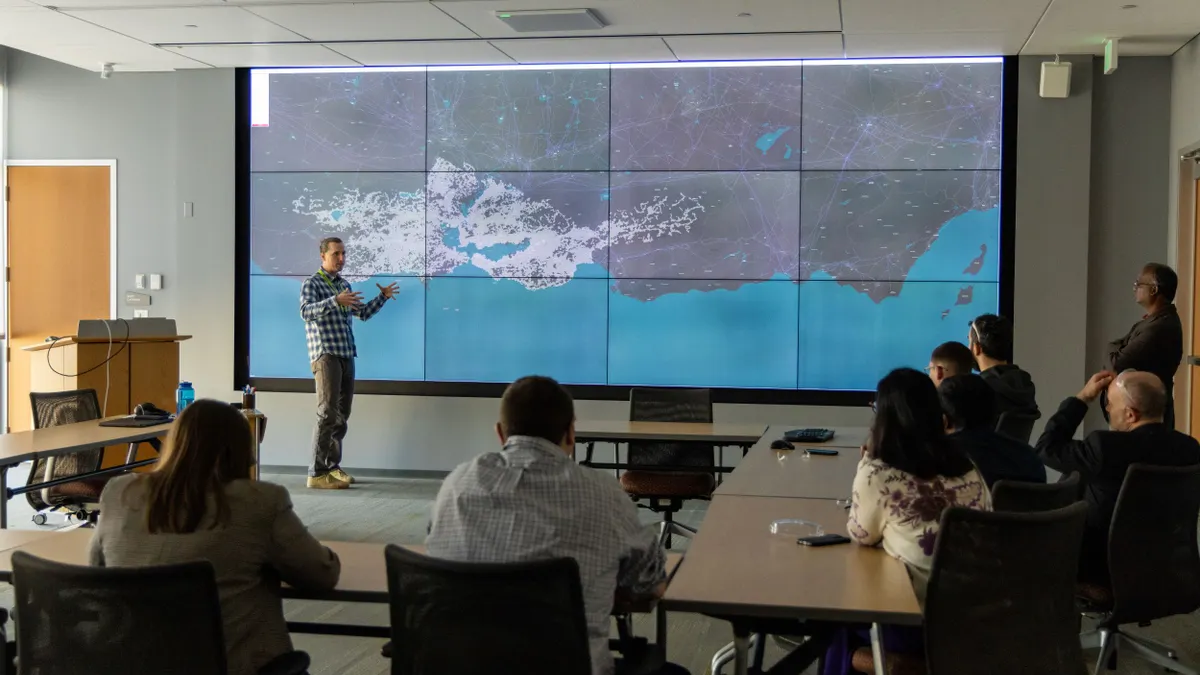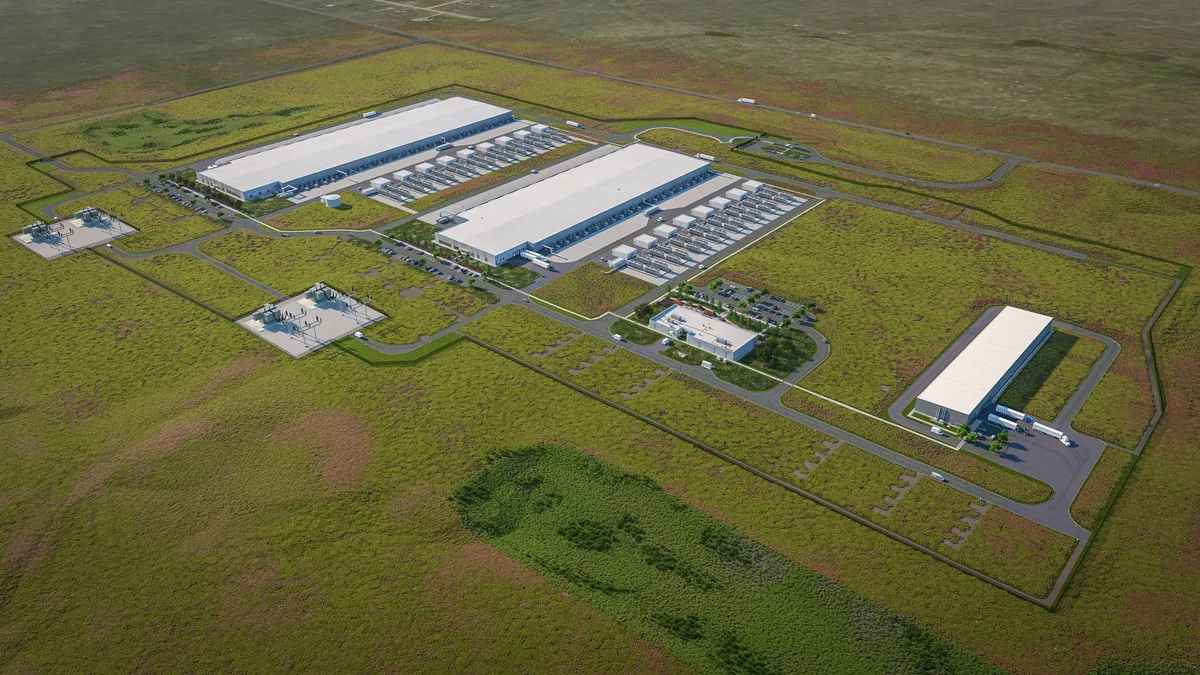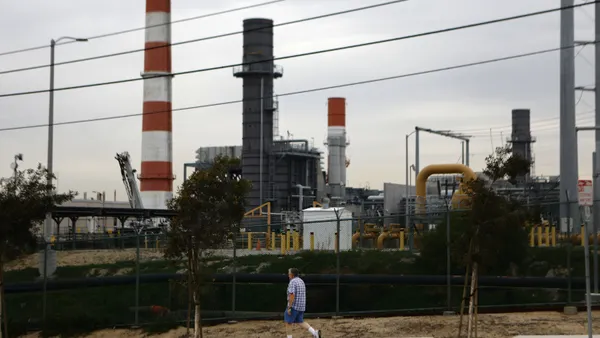Thermal and renewable energy generating facilities in the PJM Interconnection have surplus interconnection capacity that could support about 153 GW of solar, wind and storage, according to a working paper released by University of California, Berkeley, researchers earlier this month.
However, the loss of Inflation Reduction Act clean energy tax credits reduces the total renewable energy and storage potential that could economically be built using the surplus capacity to about 106 GW, according to the study.
PJM had a peak load of about 160 GW on June 23, during a heat wave.
The analysis comes as PJM has been warning it may lack sufficient power supplies to meet growing electric demand, mainly driven by data center development.
Taking advantage of existing, but little-used, interconnection capacity could allow PJM to meet its near-term needs with solar and storage, which can be built within two years compared with up to about seven years for a gas-fired power plant, according to Umed Paliwal, one of the report’s authors and a senior scientist at Berkeley’s Goldman School of Public Policy.
“We need firm capacity in the PJM grid in the next three to four years,” Paliwal said Tuesday.
PJM has about 52 GW of thermal power plants with 15% capacity factors — a measure of how often a power plant runs — as well as 25 GW of solar and wind projects, which operate at 19% and 16% capacity factors, respectively, leaving significant amounts of unused interconnection capacity at those sites, according to the study.
The underused points of interconnection at the thermal plants could support about 74 GW of solar and 5 GW of wind by 2030, according to the study. Also, adding about 23 GW of 6-hour battery storage at existing renewable energy sites could support an additional 28 GW of solar and 25 GW of wind — driving up capacity factors to 75%, Paliwal and his colleague Amol Phadke found.
Phadke is co-author of the Berkeley paper and an adjunct professor at UC Berkeley.
PJM’s recently reformed Surplus Interconnection Service process allows a new resource to use any unused portion of an existing generating facility’s interconnection service as long as the total amount of interconnection service at the point of interconnection remains the same. Under the SIS process, projects that don’t trigger transmission system upgrades qualify for expedited review by PJM outside the interconnection queue.
PJM revised its little-used SIS process earlier this year, driven in part by a complaint at the Federal Energy Regulatory Commission brought by EDP Renewables North America. The reforms, which FERC approved in February, haven’t had enough time to produce results, David Mindham, senior director of regulatory and market development for EDP Renewables, said Tuesday. Also, the SIS process needs to be synced up with PJM’s rules for obtaining capacity injection rights, he said.
However, since the reformed SIS process was put in place, EDP Renewables has been filing SIS requests with PJM. It is likely that gigawatt amounts of new capacity — especially storage — will come online using surplus interconnection capacity in the next few years, according to Mindham. “This is one of the most reasonable paths to bring projects online that can provide energy in a very near term,” he said.
Given PJM’s forecast load growth, “there's a demand for anything that can come online in any sort of a reasonable time frame,” Mindham said.
EDP is considering repowering wind farms in PJM that are coming to the end of their life and may add solar and storage to them, which could be used to create a load-following product to sell to customers, according to Mindham.
“That's a very attractive proposition, and you can actually bring all of that online in a couple years,” Mindham said. “I think that market will develop once some of the other rules fall in place around how we can maximize capacity injection rights.”
Paliwal and Phadke suggested four ways to further support the use of surplus interconnection capacity in PJM:
- Create a standard SIS agreement.
- Allow a retired generator to retain its interconnection rights for more than a year.
- Develop a “heat map” showing surplus interconnection capacity, and
- Improve hybrid resources’ effective load carrying capacity valuation.















